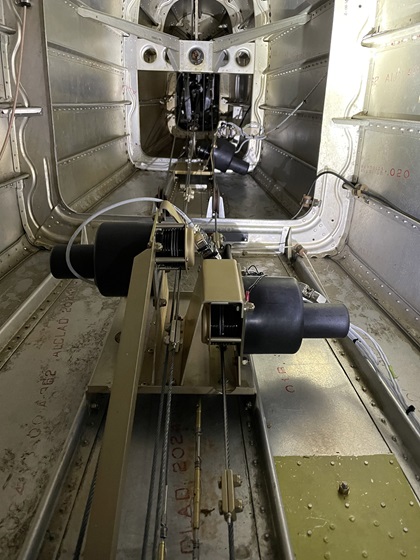Aircraft Maintenance: Repair or replace your autopilot?
General aviation pilots have a unique relationship with their autopilots—a relationship built on trust.

You trust that that you can hand control over to your electronic co-pilot while you divert your attention to other tasks, and it will keep the aircraft flying with the “sunny side up” until your focus returns to the primary instruments. The relationship breaks down when that trust is broken by reliability issues, especially issues of intermittent failure. This is especially true for pilots flying under instrument flight rules. Ultimately, you can’t safely share the workload in the cockpit if you don’t trust your autopilot.
As our aircraft age, so do the autopilots that most GA aircraft were delivered with from the factory. Because of the high cost of adding an autopilot, the majority of the autopilots in the fleet are those that were either added by the factory, or installations made long ago during the heyday of GA. Brands such as BendixKing (or King), ARC, Century Flight Systems Inc., and OEM-branded versions of these autopilots remain in service to this day, and are often as old as (or older than) the pilots flying them.
When an older autopilot starts having trouble, the discussion with the avionics shop frequently turns to the question of whether to repair or replace. Phrases such as, “How much money do you want to throw at a 40-year-old autopilot?” or “We can fix it, but you’ll probably be back for something else soon,” are read from the same script at avionics shops across the country.
From the avionics shop’s perspective, it makes sense. Troubleshooting old autopilots is time-consuming and messy, and rarely results in a happy customer when the bill comes. Enter the shiny new baby: replacement. Today’s modern, digital autopilots are reliable and full of additional features such as altitude preselect, vertical speed preselect, indicated airspeed hold, envelope protection/alerting, and emergency level mode. For the shops, installation is a known commodity, and they stand to make money on both the sale of the hardware and the installation labor.
With total installed costs ranging from just under $10,000 to more than $40,000 for a new autopilot, there are cases where repairing your legacy autopilot makes sense. Here are some questions to consider:
- Does your current autopilot have the basic functionality to support your mission?
- Has it been generally reliable?
- Are parts and support available?
- Is your local avionics shop willing to work on it?
- How long do you intend to own your aircraft?
The answers to these questions will help you decide if repairing your current autopilot is worthwhile, or if the new features and reliability of a new autopilot make more sense, and if the expense can be amortized over your ownership of the aircraft.
Despite the advanced features offered by newer autopilots, many legacy autopilots remain well-equipped to support single-pilot IFR operations when coupled with modern WAAS navigators and displays with GPS Steering (GPSS). My 1975 Century III autopilot, for example, can fly just about any flight path that my Avidyne IFD550 navigator and Aspen Evolution primary flight display can throw at it, including holds and coupled approaches with vertical guidance down to minimums. In a case like this, the decision to upgrade is more about reliability than features, so it makes sense to compare the advice from your avionics shop with a second opinion from people who make their living keeping older autopilots going.
My personal go-to for this expertise is Autopilots Central in Tulsa, Oklahoma. It’s a family-run business with Alan Sparks, his wife, Susan, and sister Judy at the helm, and the folks under their roof probably know more about legacy autopilot maintenance than anyone on the planet. If Alan’s team can’t fix your autopilot, I’m guessing nobody can. And if they advise you to let it go (which they sometimes do), then I would follow their advice as well.
I spent some time with Alan recently when one of my servos was acting up and didn’t always want to release when the autopilot was turned off. Alan quickly found the source of the problem: a tiny leaf spring “shield” that had broken after 40-plus years in service. I’d had the servo open several times and couldn’t even see the offending part (because it was snapped off). Alan had it fixed and back to me ASAP, ready for more years of service. On the flip side, I also sent him my Century I unit that I use as a combination turn and bank instrument and backup autopilot in the airplane. Every once in a while, it was having trouble getting started when power was applied. Once going, it never failed, but I wanted him to check it. In this case, Alan advised that it really wasn’t repairable. If the problem persisted, he recommended removing it and swapping back to a simple turn and bank indicator.
It’s critical that you trust your autopilot. When that trust is broken, difficult and expensive decisions must be made. So, make two calls: one to your avionics shop and another to a place that specializes in autopilot repair. Armed with advice from both sides, you’ll be well equipped to make your own call to repair or replace. Until next time, I hope you and your families remain safe and healthy and wish you blue skies.


